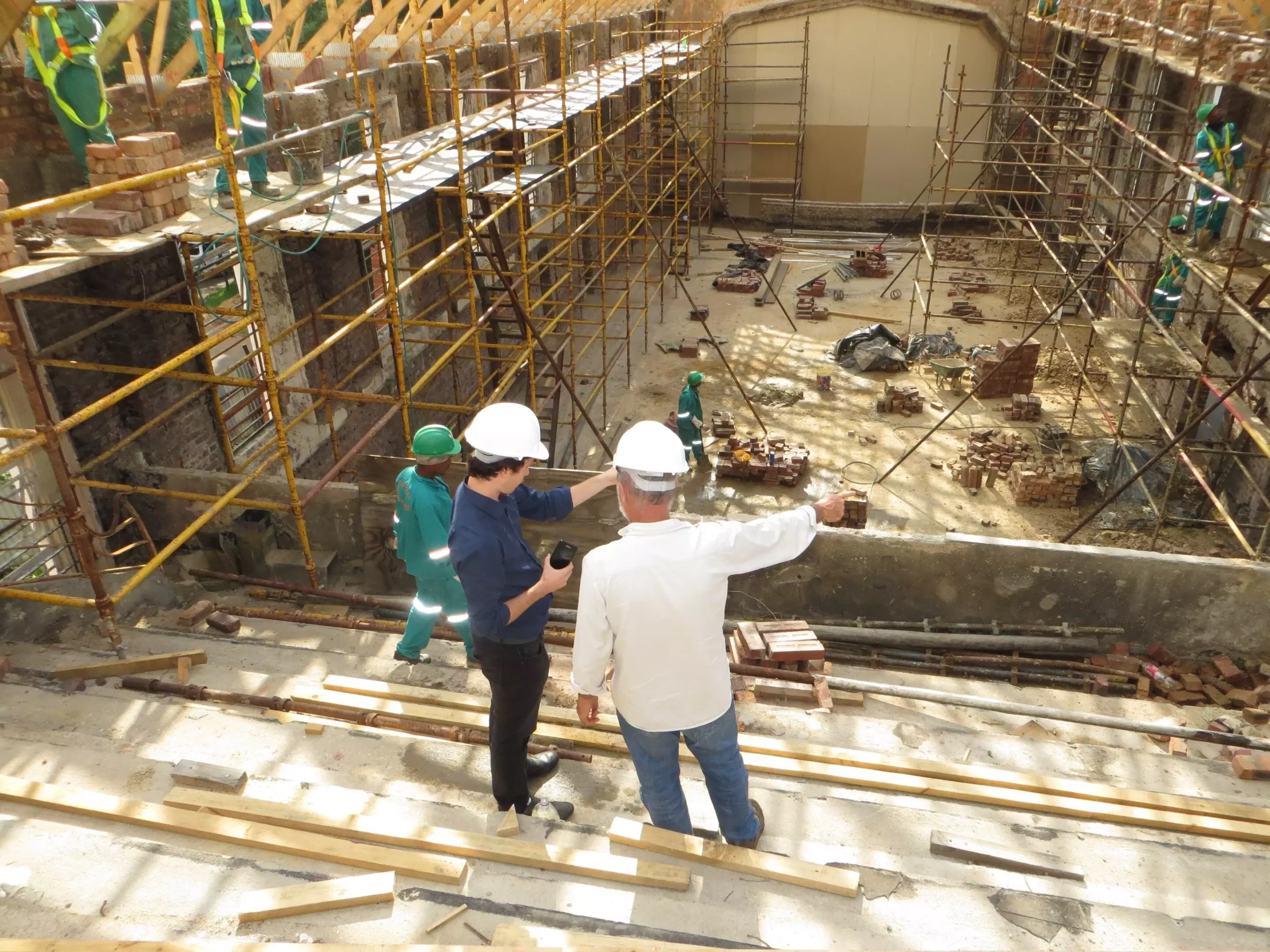As Europe grapples with the pressing issue of climate change, the construction sector emerges as a crucial player in the battle to reduce carbon emissions. Recent research published in the *Renewable and Sustainable Energy Reviews* journal brings to light a compelling vision for the future of construction in Europe. The study posits that by adopting state-of-the-art energy efficiency technologies in both existing properties and new constructions, Europe’s construction sector could potentially eradicate its carbon emissions by 2060. This vision is not just aspirational; it is rooted in an analysis of energy demand reductions achievable across the building sectors of the United Kingdom and the European Union.
Current State of Energy Inefficiency
Alarmingly, the study indicates that approximately 75% of Europe’s building stock is currently categorized as energy inefficient. Coupled with the fact that total floor space is projected to expand by over 20% in the next 30 years, the urgency for targeted renovation efforts becomes crystal clear. The challenge faced is twofold: an abundance of energy-inefficient structures and an escalating demand for building space. These elements create a scenario ripe for innovative solutions that can drastically lower energy consumption.
The research underscores the potential of integrating various energy-efficient technologies—specifically solar energy systems and heat pumps—into both residential and commercial properties. By utilizing this integration, a staggering reduction of up to 97% in the total energy required for heating and cooling buildings is achievable. This finding highlights the type of transformative change that technology can foster in the construction industry, emphasizing that efficiency improvements are not only beneficial for the environment but also for economic prosperity.
As seen in recent geopolitical developments, energy security has taken center stage, making the argument for such technological adaptations even stronger. Access to more efficient energy systems could not only mitigate costs for consumers but also enhance public health and overall quality of life. Thus, beyond simply addressing climate goals, the transition to a green building sector could enact broader societal benefits.
The study provides a roadmap on how this transformation in the building sector aligns with the broader goals outlined in international accords such as the Paris Agreement. According to Dr. Souran Chatterjee, the lead researcher, the building sector has both the capacity and the responsibility to significantly curtail its carbon footprint. The ramifications of a successful transition to net-zero emissions are profound, promising job creation, increased productivity, and health benefits.
However, Dr. Chatterjee warns of the consequences of inaction. The longer Europe waits to adopt these energy-efficient measures, the higher the energy demand will climb in homes and workplaces. This could drastically impede progress toward achieving climate targets, thereby exacerbating the effects of climate change.
The study employed a mathematical model called the High-Efficiency Building (HEB) energy model to calculate achievable energy demand reductions across both residential and non-residential sectors within the UK and EU member states. Predictions suggest that between now and 2050, residential building cooling energy requirements could fall by 86%, and non-residential properties could see reductions of roughly 76% if aggressive net-zero targets are pursued. Countries like Italy, France, Greece, and Spain, with their significant reliance on air conditioning, could greatly benefit from these findings.
Additionally, when it comes to heating, aiming for these ambitious benchmarks could lower energy demand by over 80%. Notably, enhancing the incorporation of heat pumps and other on-site energy generation technologies within new residential developments could elevate these savings to around 90% for both heating and hot water systems. Conversely, the research also suggests that failure to implement comprehensive renovations and energy-efficient constructions could lead to a frustrating increase of up to 7% in the total thermal energy demand of the building sector by 2060.
Europe’s construction sector stands at a crossroads, with the potential to harness technological advancements to pave the way for a more sustainable future. By urgently addressing the existing inefficiencies in building stock and embracing innovative energy solutions, Europe can take significant strides toward a net-zero emissions sector by 2060. The time to act is now; a proactive approach will not only impact climate resilience but will also foster healthier and more productive communities.


Leave a Reply